Optimal Timing for Demolition Services
Determining the optimal time for demolition service depends on various factors including weather conditions, project scope, and local regulations. Timing can influence safety, efficiency, and cost management. Planning ahead ensures minimal disruption and adherence to scheduled timelines.
Demolition projects are best scheduled during dry, mild weather to prevent delays caused by rain or extreme temperatures.
Larger projects may require extended planning, while urgent demolitions should be prioritized to meet deadlines.
Timing must align with permit approval processes and local regulations to avoid legal issues.
Spring and fall often provide favorable conditions for demolition due to moderate weather patterns.
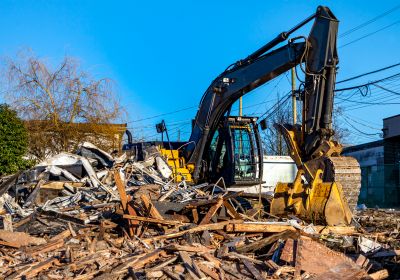
Ways to make Demolition Service work in tight or awkward layouts.
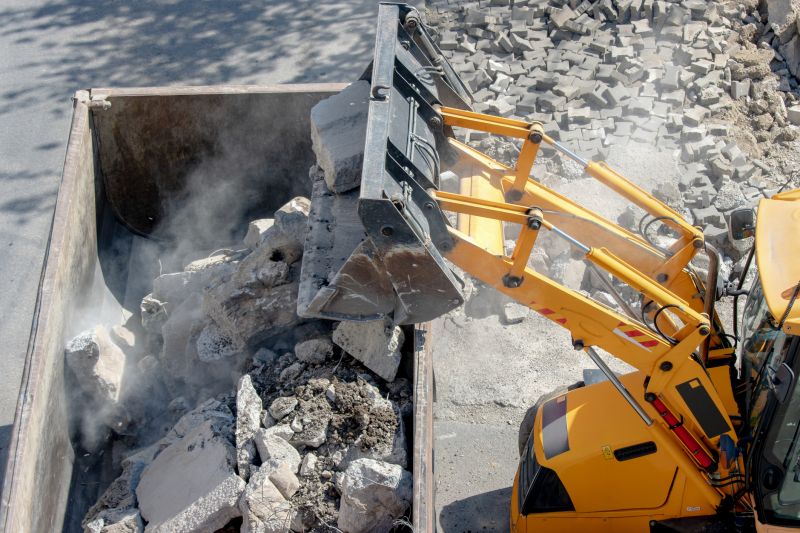
Popular materials for Demolition Service and why they hold up over time.

Simple add-ons that improve Demolition Service without blowing the budget.

High-end options that actually feel worth it for Demolition Service.

Finishes and colors that play nicely with Demolition Service.

Little measurements that prevent headaches on Demolition Service day.
Demolition services involve the systematic dismantling of structures, often requiring specialized equipment and planning. Proper timing ensures safety, reduces environmental impact, and adheres to project schedules. Seasonal and weather considerations are crucial for minimizing delays and hazards.

A 60-second routine that keeps Demolition Service looking new.
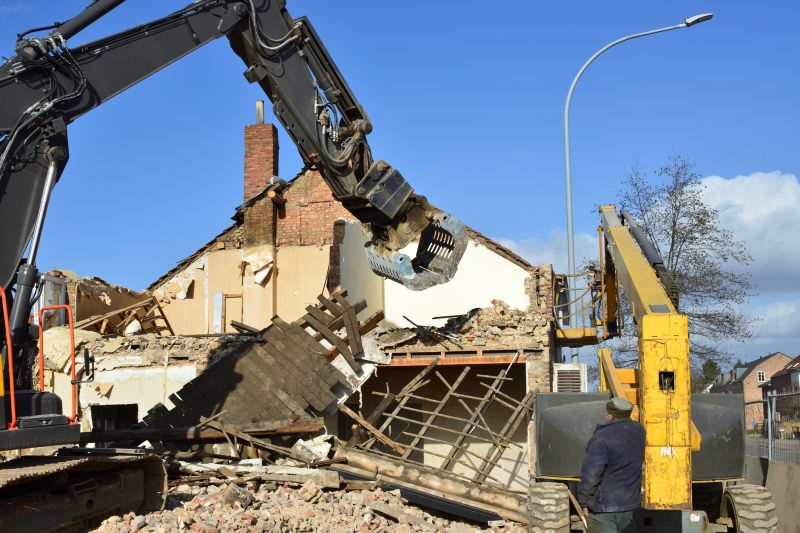
A frequent mistake in Demolition Service and how to dodge it.
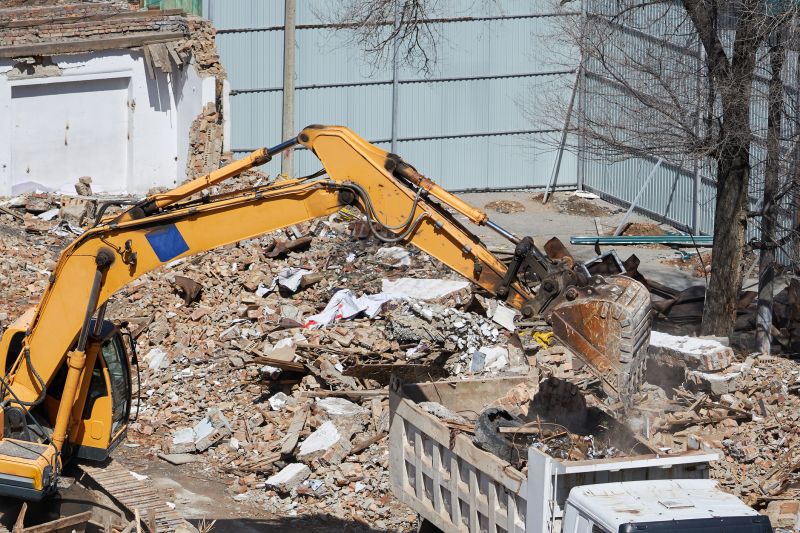
Small tweaks to make Demolition Service safer and easier to use.

Lower-waste or water-saving choices for Demolition Service.

The short, realistic tool list for quality Demolition Service.

Rough timing from prep to clean-up for Demolition Service.
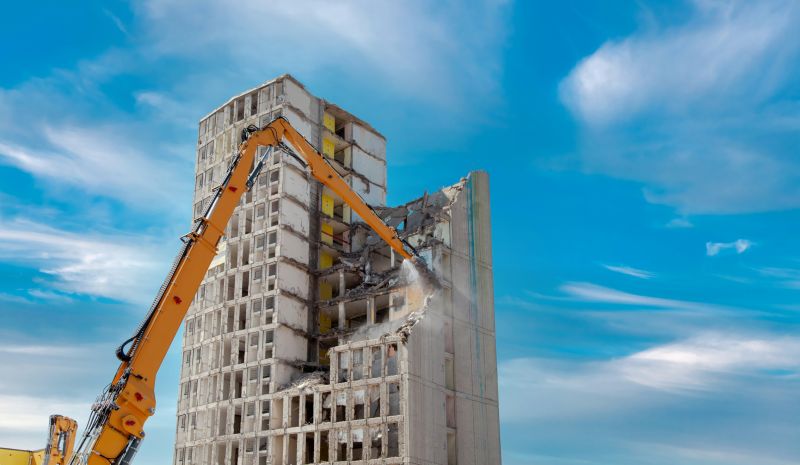
Quick checks and paperwork to keep after Demolition Service.

Examples that show the impact a good Demolition Service can make.
| Factor | Impact on Timing |
|---|---|
| Weather Conditions | Affects safety and schedule, best during dry periods |
| Project Size | Larger projects need longer planning and execution times |
| Permitting Process | Requires alignment with local approval timelines |
| Seasonality | Spring and fall offer stable weather for demolition |
| Community Restrictions | Scheduling during permissible hours reduces disruptions |
| Urgency of Demolition | Immediate needs may override ideal timing considerations |
| Environmental Regulations | Compliance may influence scheduling |
Understanding the optimal timing for demolition service can lead to safer, more efficient project completion. Proper scheduling considers weather, project scope, permits, and community guidelines. Planning ahead ensures that demolition activities proceed smoothly and within regulatory frameworks.
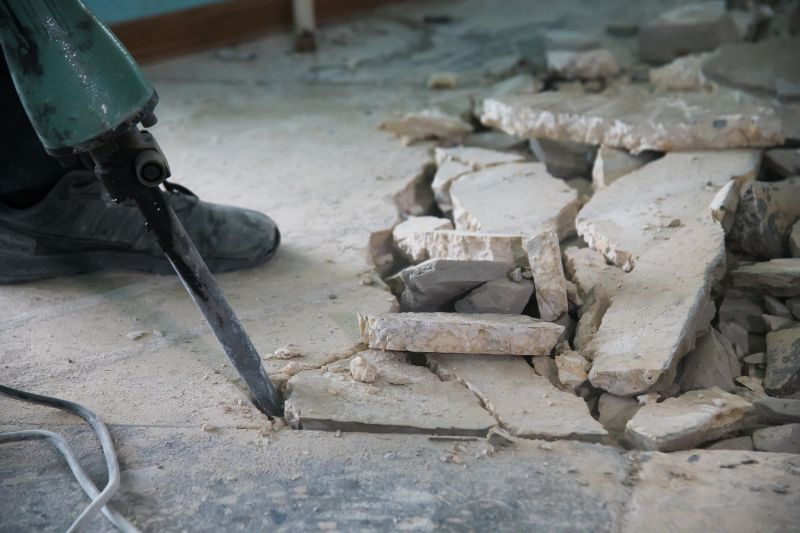
Ways to make Demolition Service work in tight or awkward layouts.

Ways to make Demolition Service work in tight or awkward layouts.
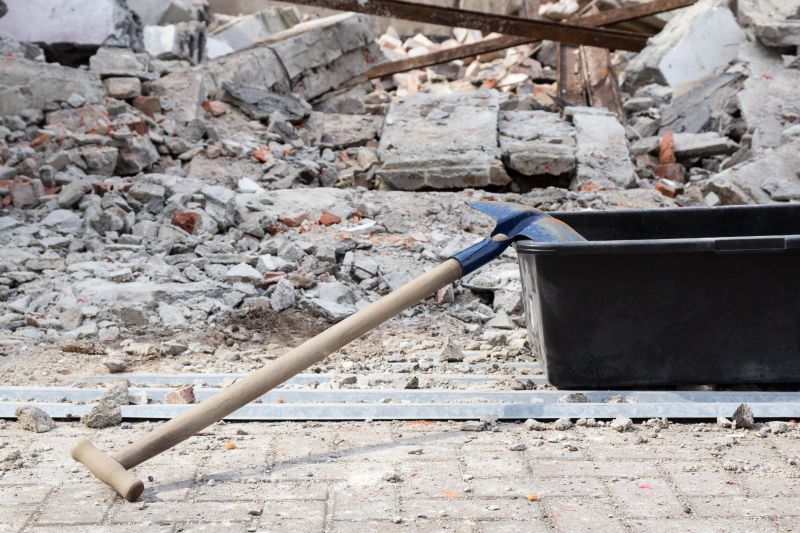
Ways to make Demolition Service work in tight or awkward layouts.
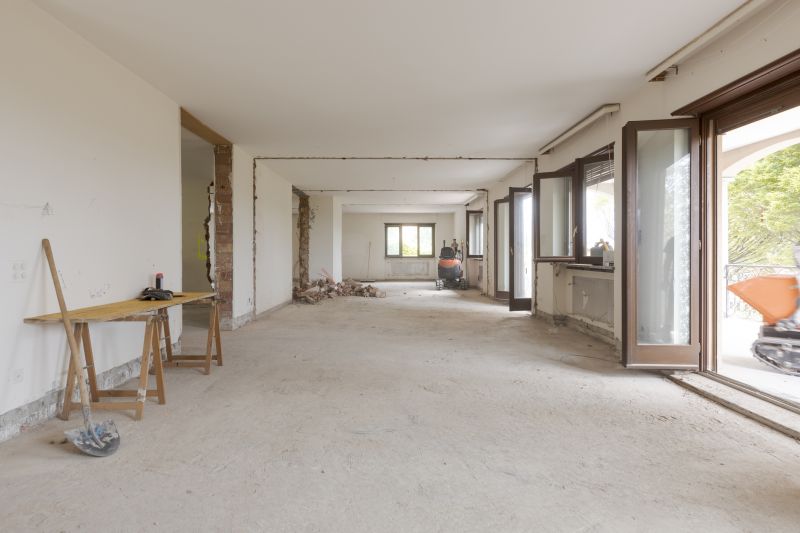
Ways to make Demolition Service work in tight or awkward layouts.
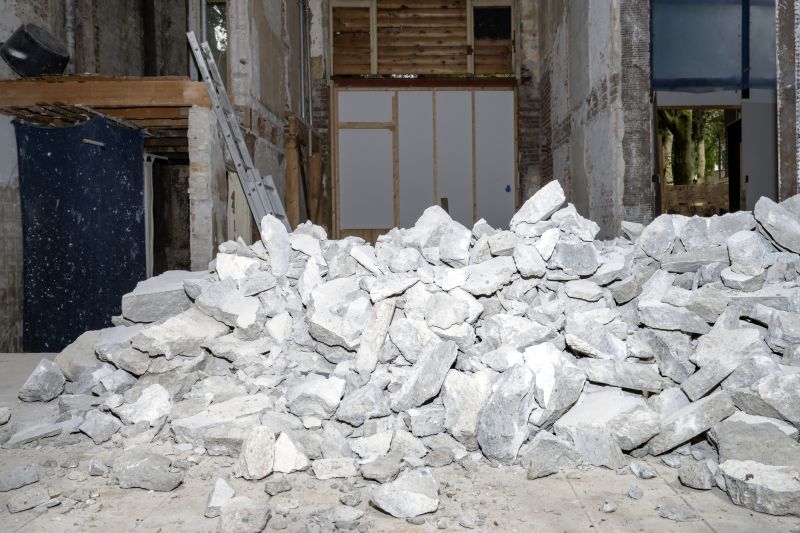
Ways to make Demolition Service work in tight or awkward layouts.

Ways to make Demolition Service work in tight or awkward layouts.
Interested parties are encouraged to contact for detailed scheduling guidance and project planning. Proper timing ensures safety, efficiency, and adherence to local regulations, contributing to successful demolition outcomes.
